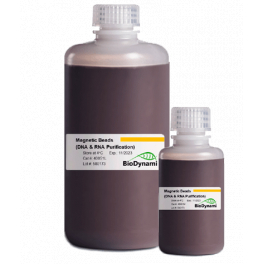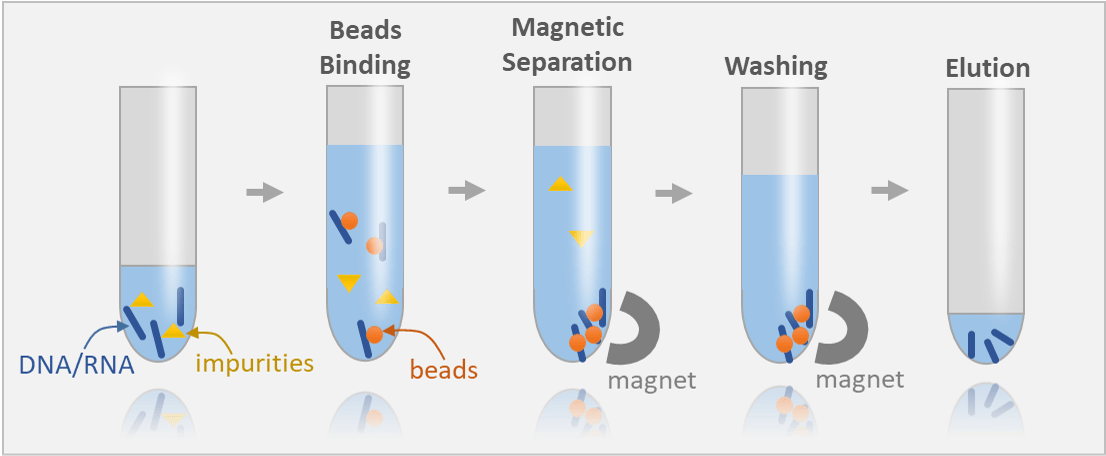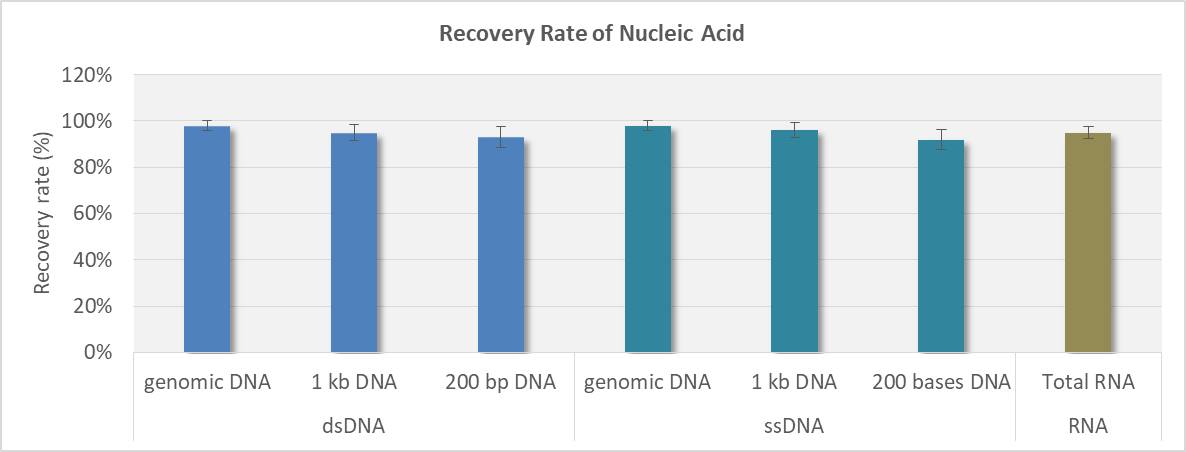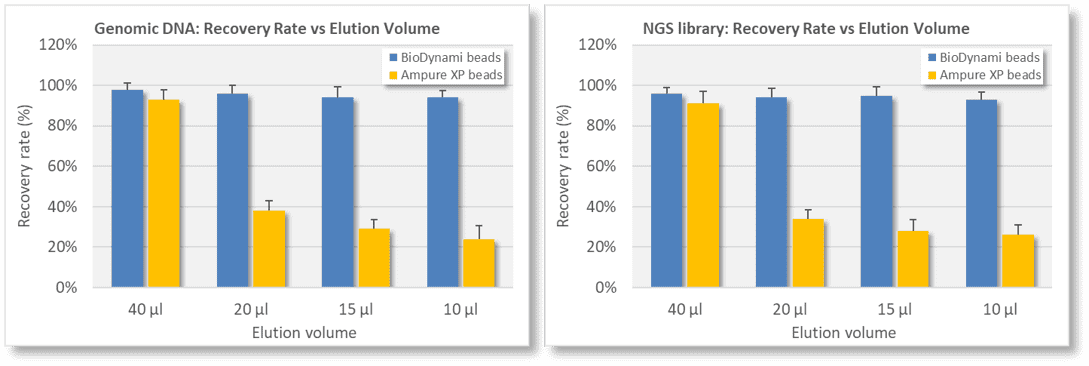 View full size
View full size
- Nucleic Acid Analysis
- Protein Analysis
- Biochemical Reagents
-
Enzymes
- Thermophilic DNA Polymerases
- Mesophilic DNA Polymerases
- Restriction Endonucleases
- Reverse Transcriptase and RNA Polymerases
- DNA/RNA Ligases
- RNases
- Proteases
- Nucleases
- Kinases
- Phosphatases and Sulfurylases
- DNA Repair Proteins
- Single-Stranded DNA Binding Proteins
- Chaperon Proteins and Disulfide Bond Isomerase
- Others
- Gene editing
- Molecular cloning
- Clinical diagnostics
- Human Identification STR kits
- Laboratory instruments
- Software
- A&A Biotechnology
- AdvancedSeq
- BioDynami
- Plant Cell Technology
News
-
XXXV. Izakovičov memoriál 2025
We are pleased to announce our participation in the prestigious XXXV. Izakovič Memorial 2025, which will take place on October 8–10, 2025 at the Grandhotel Praha, Tatranská Lomnica. The Izakovič Memo...
Read more -
1st Czechoslovak Congress of Medical Genetics 2025
In the spring, we will participate in the 1st Czechoslovak Congress of Medical Genetics, which will take place from April 2–4, 2025, at the Cultural and Congress Center Elektra in the spa town of Luha...
Read more -
RANK 2025
Visit us at the 19th edition of the RANK 2025 conference, which will take place on March 19th and 20th at the Zlatá Štika Hotel in Pardubice. The conference is organized by the Czech Society of Clinic...
Read more
 View full size
View full size
Description:
Magnetic beads for DNA and RNA purification from the American company BioDynami combine BioDynami's patented chemistry with the unique properties of SPRI beads (Solid Phase Reversible Immobilization). Compared to standard SPRI beads, these beads are designed for maximum efficiency in nucleic acid purification—reliably removing salts, dNTPs, enzymes, primers, adapters, and other impurities. They are RNase-free, making them suitable not only for DNA but also for the more sensitive RNA, without additional costs.
BioDynami magnetic beads are optimized for the selective binding of DNA fragments starting from 100 bp and RNA fragments from 200 bases, similar to other SPRI beads such as AMPure® XP* and SPRIselect*. They can be used for PCR product cleanup, nucleic acid concentration, and NGS library purification. The result of the purification process is high-quality, contaminant-free DNA and RNA, suitable for a wide range of applications.
The beads can also be used for DNA fragment selection in the range of 150 bp to 800 bp by adjusting the bead-to-sample volume ratio and performing either a single-step or two-step selection. They are an ideal choice for NGS library preparation, as they can be easily integrated into standard workflows. The bead volume ratio is similar to protocols using conventional magnetic beads.
Procedure:
The DNA/RNA purification process using magnetic beads is illustrated in the diagram and involves adding beads to the sample where DNA/RNA binds to their surface. A magnet is then used to separate the beads with DNA/RNA from the impurities. The beads are washed to remove remaining impurities, and finally, pure DNA/RNA is eluted into a new solution for further use.

Binding Capacity:
The graph below shows that the binding capacity of the beads is similar for both input volumes (50 µl and 80 µl), approximately 6 µg/µl of beads. As a result, the magnetic beads have stable and high binding capacity regardless of the input sample volume.
Properties:
- Reliable DNA and RNA isolation
- Selective binding of DNA fragments above 100 bases
- Efficient capture of RNA fragments larger than 200 bases
- Possibility of elution in a small volume without loss of yield
- Elution volume from 10 µl
- Ideal for rare, limited, or low-concentration samples
- Suitable for both manual and automated processing
- Better yield with low elution volume compared to other SPRI beads
- Reduces costs by 50%
Efficiency:
As seen in the graph, magnetic beads show high efficiency in isolating different types of nucleic acids, with the recovery rate of DNA/RNA reaching over 80–100%. The method is compatible with genomic DNA, double-stranded DNA (dsDNA), single-stranded DNA (ssDNA), and RNA. This reliable performance is characterized by low variability, making this technology ideal for applications such as NGS libraries, PCR, or cloning.

The following charts compare the recovery rate at different elution volumes (40 µl, 20 µl, 15 µl, and 10 µl) for two applications: genomic DNA (left chart) and NGS library (right chart). Two magnetic bead technologies are compared: BioDynami beads (blue bars) and AMPure® XP (yellow bars).
The conclusion is that BioDynami magnetic beads are more efficient at low elution volumes than AMPure® XP, which is evident in both genomic DNA and NGS library applications.

Applications:
- NGS library preparation
- PCR fragment purification
- DNA and RNA fragment purification
- Molecular cloning
- Other applications requiring purified DNA and RNA
Packaging Size:
5 ml (cat.no. 40051S)
20 ml (cat.no. 40051M)
100 ml (cat.no. 40051L)
* AMPure® XP and SPRIselect are trade marks of Beckman Coulter.
Cart
Payment gate



